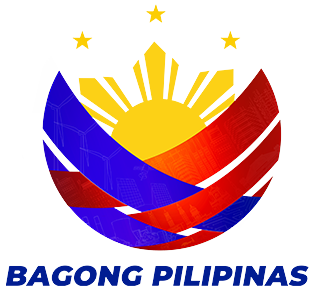Civil Engineering
Practice defined
The practice of civil engineering within the meaning and intent of this Act shall embrace services in the form of consultation, design, preparation of plans, specifications, estimates, erection, installation and supervision of the construction of streets, bridges, highways, railroads, airports and hangars, portworks, canals, river and shore improvements, lighthouses, and dry docks; buildings, fixed structures for irrigation, flood protection, drainage, water supply and sewerage works; demolition of permanent structures; and tunnels. The enumeration of any work in this section shall not be construed as excluding any other work requiring civil engineering knowledge and application.
On February 23, 1921, Public Act No. 2985 was enacted empowering the Secretary of Commerce and Communication to appoint members of the boards of the architecture and engineering professions. The Act, which contained very general provisions on the regulation of engineering and architecture, was later amended by Acts No. 3159 and 3182. On June 17, 1950, Republic Act No. 544 was enacted separating the regulation of the civil engineering profession from the coverage of Public Act No. 2985 and creating the Board of Civil Engineering. On June 16, 1956, the law was further amended by Republic Act No. 1582.
The Board held its first fully computerized examinations on May 29, 1993 and released the results on November 9, 1993. On February 28, 1995, the Syllabi for the Subjects in the Civil Engineering licensure examinations was promulgated.
Republic Act No. 544*
(As Amended by R.A. 1582)
An Act to Regulate the Practice of Civil Engineering in the Philippines
Be it enacted by the Senate and House of Representatives of the Philippines in Congress assembled
Philippine Institute of Civil Engineers (PICE)
PICE Building
4 Albany Street
Cubao, Quezon City
Trunklines: (+632) 709-3936 to 38 / 709-3505 / 709-3429
Telefax No.: (+632) 709-2933 / 709-3415
Re-accredited: Res. No. 2011-609 dated June 7, 2011
Website: http://www.pice.org.ph/
In the late 1920’s, some engineers from the government sector pioneered the first organization of civil engineers in the Philippines – the Philippine Society of Civil Engineers (PSCE). Later in 1937, another group of civil engineers mostly engaged in private practice formed the Philippine Association of Civil Engineers (PACE).
In 1950, the PACE spearheaded the passage of Republic Act No. 544 also known as the “Civil Engineering Law.” This decree made certain the growth and well-being of the profession and came to be known as one of civil engineering’s milestones.
Through their consolidated efforts in 1972, the PSCE and PACE merged, resulting to the organization of the Philippine Institute of Civil Engineers (PICE). On December 11, 1973, the PICE was registered with the Philippine Securities and Exchange Commission. Two years later, on August 13, 1975, it was accredited by the Professional Regulation Commission as the duly recognized organization of civil engineers in the Philippines.
Committed to the advancement of the knowledge and practice of civil engineering in the Philippines, the PICE organized a Speakers’ Bureau to conduct seminars and symposia in the various fields of the profession. The 16-member Board of Directors elected annually by the PICE member electoral college ensures the implementation of organizational plans and programs through standing committees and special ad hoc committees.
Qualification of Board Members
Each member of the Board shall, at the time of his appointment:
- Be a citizen and resident of the Philippines;
- Be at least thirty years of age and of good moral character;
- Be a graduate of civil engineering from a recognized and legally constituted school, institute, college or university.
- Be a registered civil engineer duly qualified to practice civil engineering in the Philippines;
- Have practiced civil engineering, with a certificate as such, for a period of not less than ten years prior to his appointment.
- Not be a member of the faculty of any school, institute, college, or university where civil engineering course is taught, nor have a pecuniary interest in such institutions;
- No former members of the faculty of any school, institute or university where civil engineering is taught can become a member of the Board unless he had stopped teaching for at least three consecutive years.


